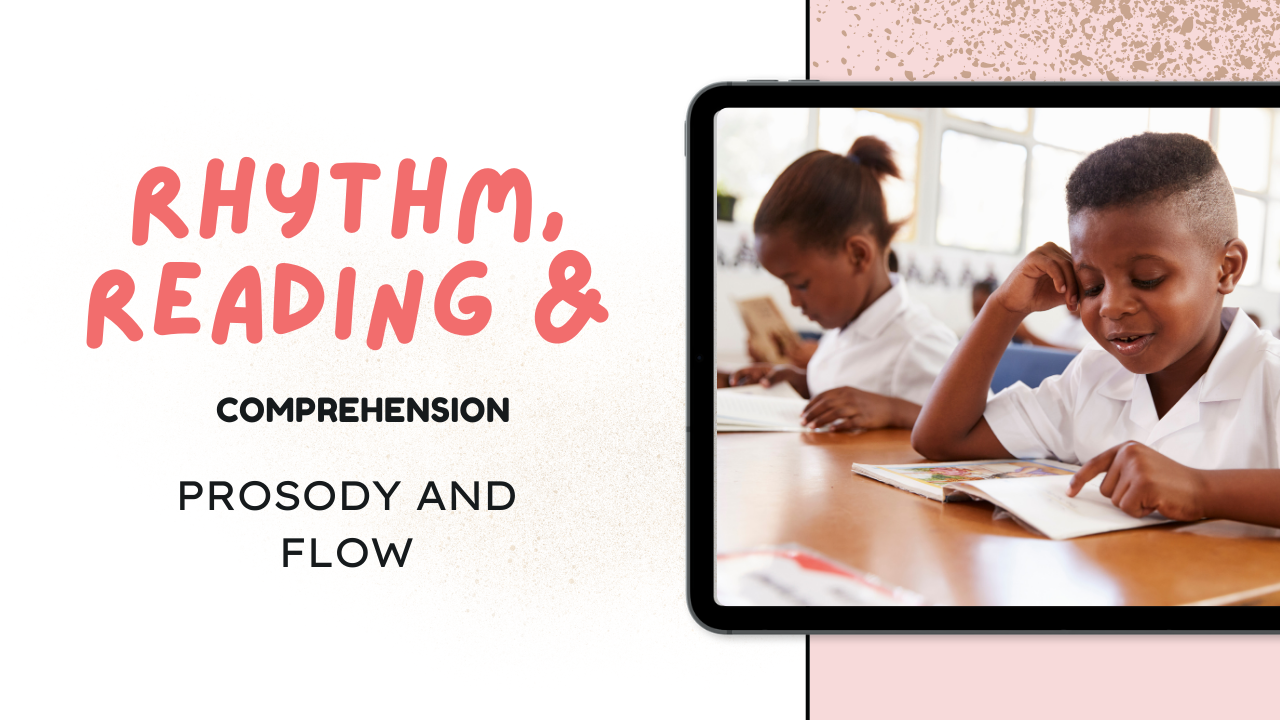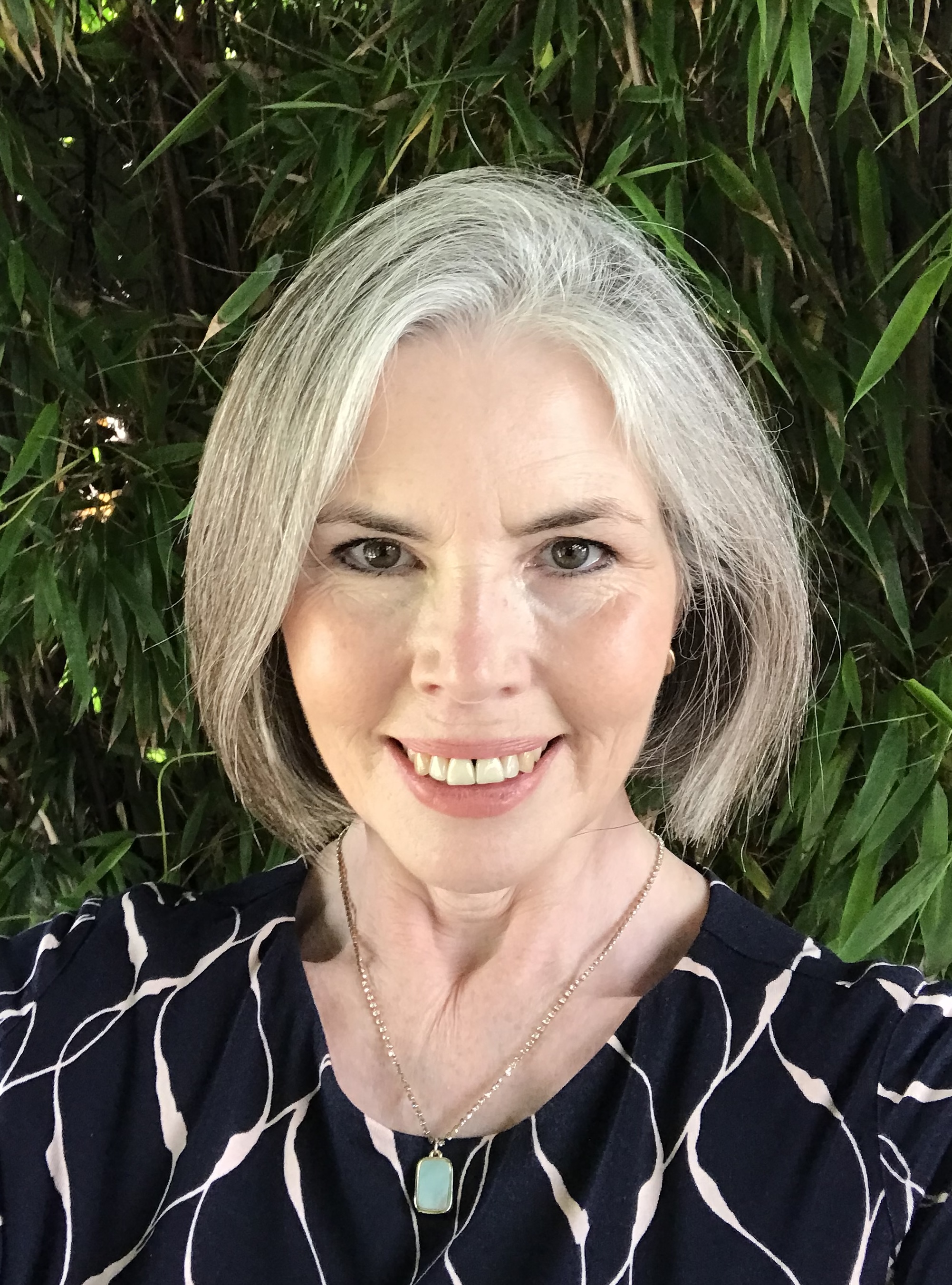How ten weeks transformed children's reading confidence (and their futures)
In the past ten weeks we've seen more than 24 months of progress in Key Stage 2 children.
One of the children, who took part in our recent Rhythm for Reading ten week programme, used to be easily distracted, playing with tiny pieces of paper. They even brought these little scraps to the first Rhythm for Reading session and dropped them onto the floor several times. I stopped the class so that they could pick the scraps up off the floor.
Last week, that same child told me how everything had changed.
“I concentrate more than I did. I used to play with bits of paper. Now I don’t.”
“Has anything else changed?” I asked.
“Yes. I listen better.” They went on to explain.
“I didn’t really listen and I didn’t really know what to do in lessons, but now I do now.”
I was curious.
“Did your listening change suddenly or gradually?”
“Suddenly!” they said, smiling broadly.
The reading data showed that a transformation had taken place in the 10 weeks of the programme - 24 months of progress in reading comprehension and eight months in reading accuracy.
They weren’t alone. Across the group, we saw KS2 children step into learning to read with new energy and they said,
“Reading! I love reading!”
The teachers’ feedback concurred. Every piece of teacher feedback identified
‘Better progress than usual’ in the children’s ‘positive attitude to reading’.
Their progress showed up in the data too. Reading scores rose on average by nine months in reading accuracy and 10 months in reading comprehension, but beyond the numbers, something deeper had changed: they started to believe in themselves. For some, the change was huge, the kind that can alter their relationship with learning for years to come. For others, it was a small but mighty step forward, but big enough to put them on a new path of engagement, hope and self-belief - and there was a new light in their eyes.
After I’d heard each child read I was reminded me that growth doesn’t need pressure or even renewed purpose, but sometimes the things that are beneath the surface such as rhythm, connection, and a sense of belonging can make all the difference. Watching these children discover their voices, and seeing them beaming with pride, felt like the real result of the work.
I’m still reflecting on what sparked the biggest shifts. Was it the shared rhythm? The small steps that built confidence? Or simply the chance to be heard and celebrated? Perhaps it was all of these things together. I could crunch all of this into a scientific paper but for now, I just wanted to pause and share this celebration of children discovering the joy of reading—and the sense of possibility that follows.
Enjoy this post? Why not keep reading...





